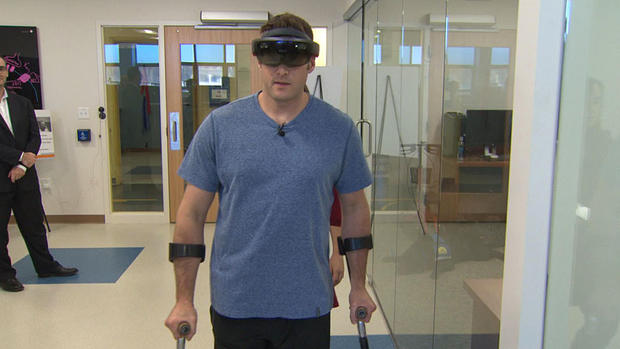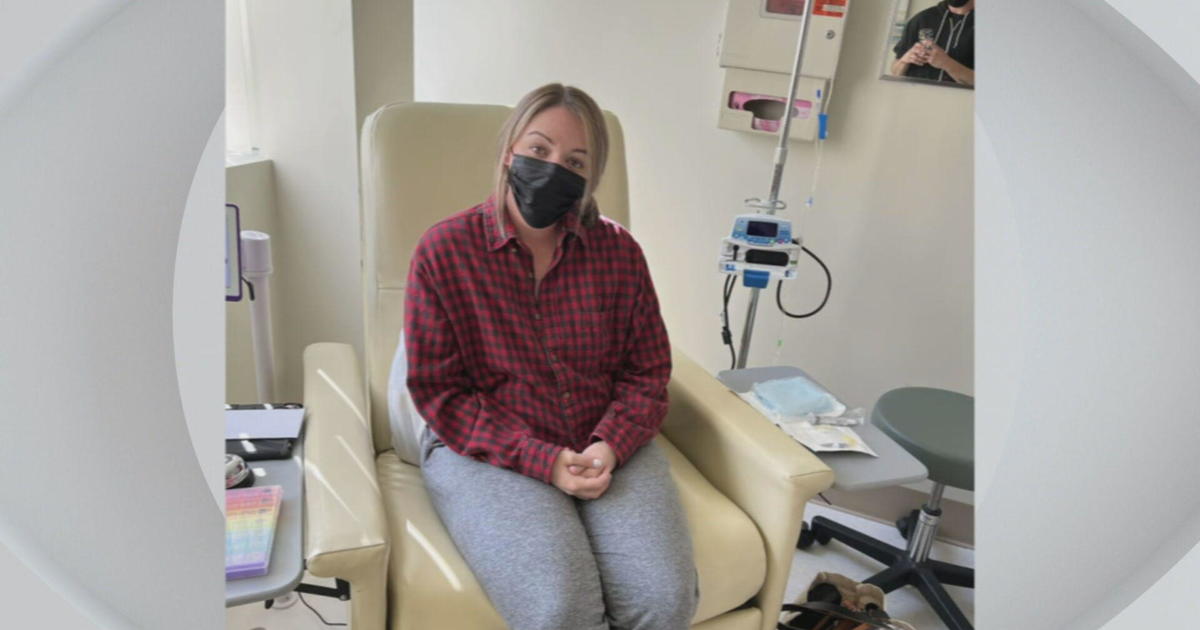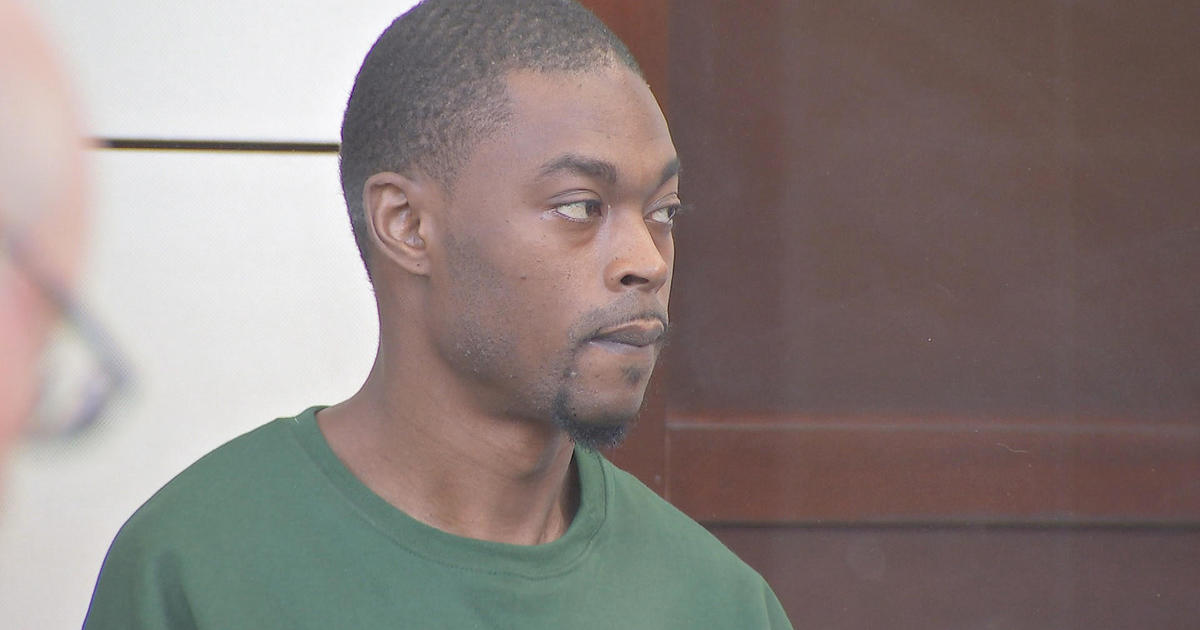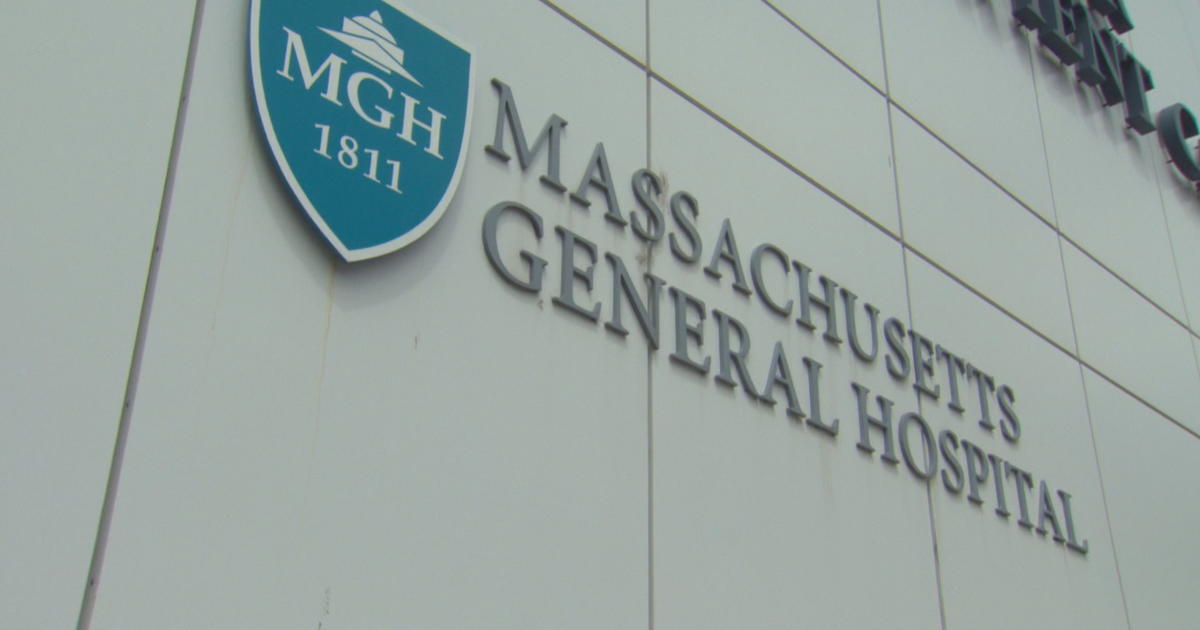Augmented Reality At Spaulding Works To Help Patients Heal
BOSTON (CBS) -- It's not virtual reality, it's augmented reality and that makes all the difference for patients at Spaulding Rehabilitation Hospital. Scientists at the hospital's Inspire Lab are developing and testing the technology to help patients heal.
It looks like Mark Priest is walking down the hall using arm crutches, but from his perspective, he says "I'm trying to chase Pac man. Keep my head steady, keep a nice cadence."
Priest is putting the visor technology to the test. "The concept is to improve my gait and my stride by keeping a certain speed."
The technology he is using could revolutionize the way people with catastrophic injuries are helped.
"I have a spinal cord injury at level T-9 and T-12 of the vertebrae," Priest explained.
The Inspire Lab, headed by Doctor Randy Trumbower, focuses on helping people move again. This year, his team of scientists created a new technology using augmented reality.
Trumbower said, "Augmented reality is a mix between what's real and what's not real...It's a game changer for sure."
That means computer generated images are superimposed over the real environment. For example, a patient can follow a Pac man around the room at changing speeds.
"Different grades, steps, obstacles, things that you maybe wouldn't experience in a traditional therapy setting," said Preist.
It also means that this therapy can be targeted. "The thing that is attractive about this particular technology is that it extends those benefits in a way that is more personalized," said Trumbower.
And ultimately it allows a patient to use that technology anywhere.
Priest said, "My goal is to improve my walking and get off the use of Loftstrand crutches and just be more independent in my day to day living."
While Priest can only use the visor for short periods, he has still seen improvements. Friday was the first time he tried it without crutches.
"I'm really excited to see the advancement of this technology and how it can help."
The lab is still in the early stages with the technology, but the promise is there and the work continues.





